
Nanda Annisa Husni and Dewicha Kinanti Tandiari from YEU participated in the Third Country Training Program: Strengthening Disability-Inclusive Disaster Risk Reduction in the ASEAN Region from January 14-26, 2024. The training aimed to strengthen knowledge and skills in promoting DiDRR (Disability-Inclusive Disaster Risk Reduction) in ASEAN countries.
This training was a continuation of the previous training conducted in 2023. The third training provided a deeper understanding of the techniques of facilitating and creating social media content to promote inclusive Disaster Risk Reduction (DRR).
Participatory Training dan Facilitation Skills
Dr. Akio Kawamura emphasized the importance of logical facilitation skills in DiDRR training. He explained that the facilitator's role is to elicit as many ideas as possible, without criticism, and then develop those ideas. This is important to ensure that all training participants feel heard and valued, and the training produces solutions that are beneficial to everyone.
In the context of disability, it is important for facilitators to understand the key concepts of disability rights, the social model, and reasonable accommodation. This understanding will help facilitators to ensure that DiDRR training is inclusive and accessible to everyone, including persons with disabilities. Facilitators also need to understand the steps needed to ensure the protection and safety of persons with disabilities during training. This may include providing access to necessary services and support, and creating a safe and welcoming training environment.

Akio Kawamura explaining right-based approach
The rights-based approach was a key focus of the discussion. This approach emphasizes the participation of all stakeholders in the decision-making and implementation process of programs. This means building an inclusive society, where all voices are heard and all stakeholders have the opportunity to participate. The approach also emphasizes the importance of accountability, which is ensuring that stakeholders fulfill their obligations and are held accountable for their actions to rights holders.
Mr. Bill Ho, Vice President of ADPC (Asian Disaster Preparedness Center), emphasized the importance of assessment needs in designing effective training programs. He explained that the most important aspect in preparing a good training program is to conduct a comprehensive assessment.
Assessment needs helps training facilitators to understand several things such as who will participate in the training, what knowledge and skills do they currently have, what do they want to achieve during the training, what needs to be taught to achieve the training objectives, how will the training materials be delivered, and how will the effectiveness of the training be measured. After conducting a needs assessment, the next step is to design engaging training materials. The training materials should be informative, easy to understand, and relevant to the needs of the participants.
Developing Social Media Skills
DiDRR training not only focuses on developing facilitation skills, but also equips participants with strong social media skills. This is important to raise awareness and engagement of the community about DiDRR, including writing and designing engaging social media content, creating strategies to increase awareness and engagement about DiDRR, and practicing creating engaging content in various formats (text, images, and videos). In addition, understanding how social media works is also an important part of the training. Participants learn what to consider when creating engaging and impactful content for viewers.

Dewicha is having presentation about Indonesia
Through the DiDRR training, participants are equipped with social media skills and are expected to strengthen Disaster Risk Reduction efforts in various communities. Participants can use their knowledge and skills to spread information on DRR and raise public awareness as well as encourage concrete actions to build more resilient communities.

Participants creating social media content
Platform for Sharing Experiences and Innovations
DiDRR training goes beyond knowledge transfer, it also provides a platform for sharing experiences and promoting innovation. YEU took advantage of this opportunity to share experiences on YEU's program in Loli Tasiburi, Donggala, Central Sulawesi and the CLIP (Community-Led Innovation Partnership) and LEAP (Locally-led Inclusive Disaster Response & Preparedness) projects in Yogyakarta.
YEU staff shared good practices that have been implemented in the villages, including how the villagers apply disaster risk reduction in their communities. One example was the creation of a contingency plan in the Disaster Preparedness Group. Sharing these experiences and good practices allows for knowledge transfer and learning among participants. Communities and organizations can learn from each other and improve the effectiveness of DiDRR programs across ASEAN countries by sharing their experiences and knowledge.
Handbook Indonesia on DiDRR
As a result of the previous training, the participants produced the Handbook Indonesia on DiDRR. This handbook is a comprehensive guide on Disability Inclusive Disaster Risk Reduction (DiDRR) and is designed to help facilitators in delivering better quality DiDRR training and reach a wider audience, including persons with disabilities.

The handbook provides a variety of important information, including
-
Concepts and principles of inclusive DRR
-
The rights of persons with disabilities in DRR
-
Techniques and methods for inclusive DRR training
The handbook will be translated into Indonesian and used in Indonesian Association of Persons with Disabilities and Gampiri Disaster Preparedness Group training in Central Sulawesi. Thus, it is hoped that facilitators can provide effective and beneficial inclusive DRR training.
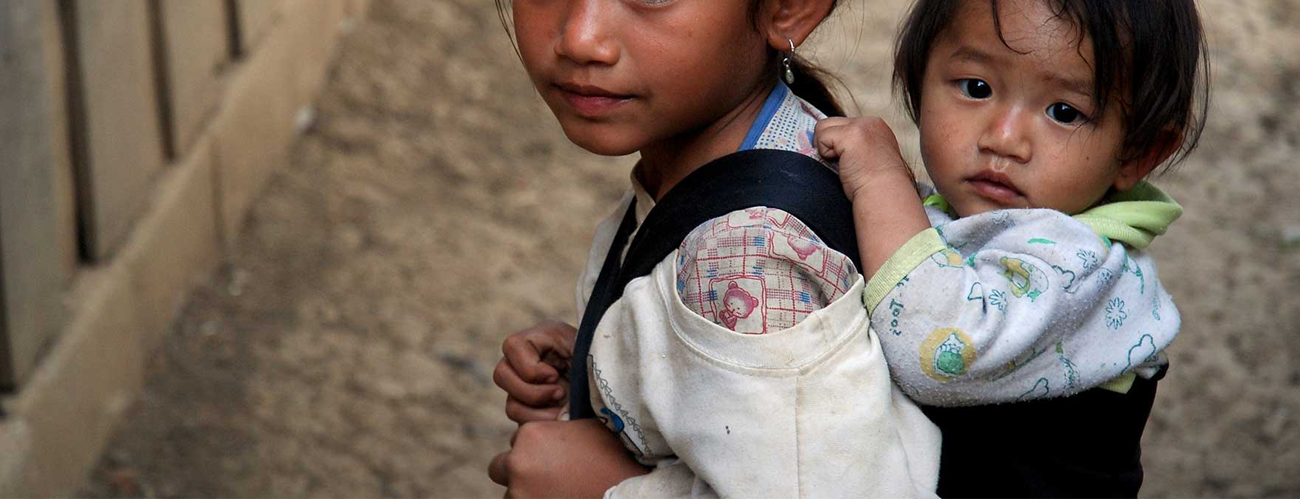
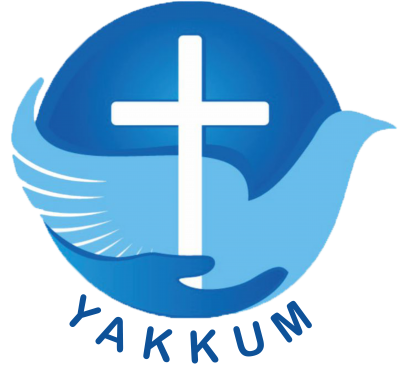
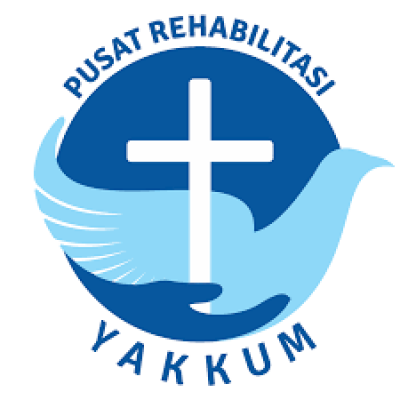

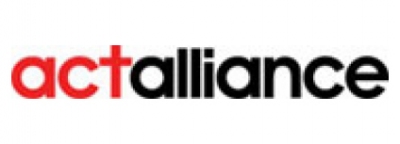
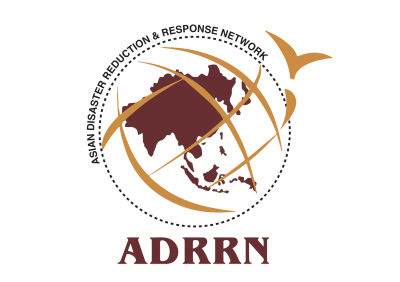
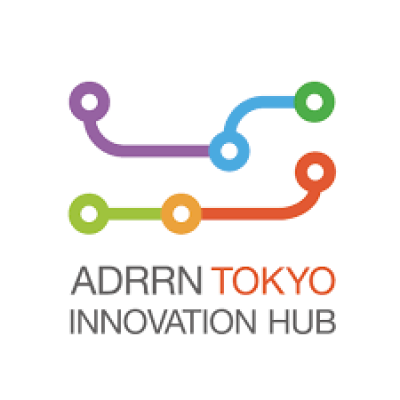




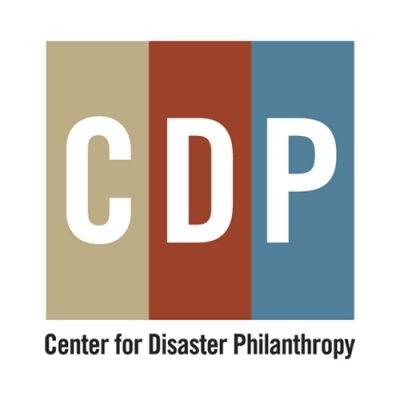
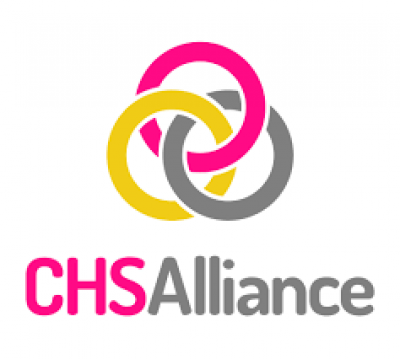

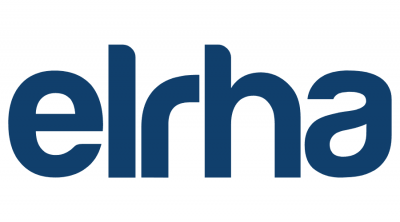
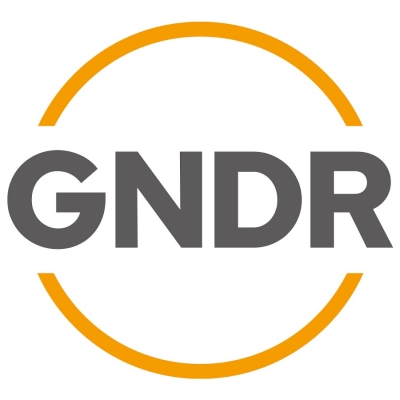
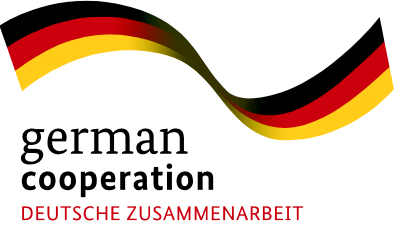
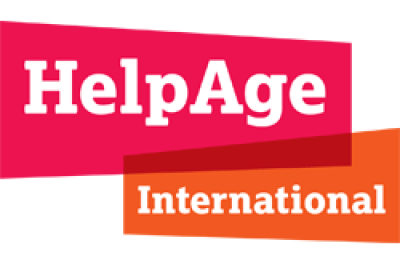






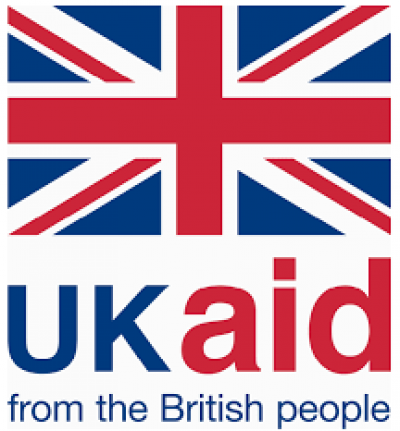

Social Media
@yakkumemergency
yakkumemergency